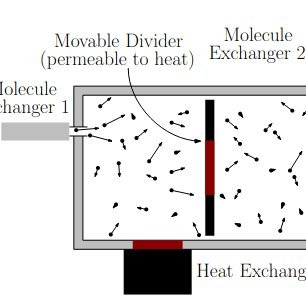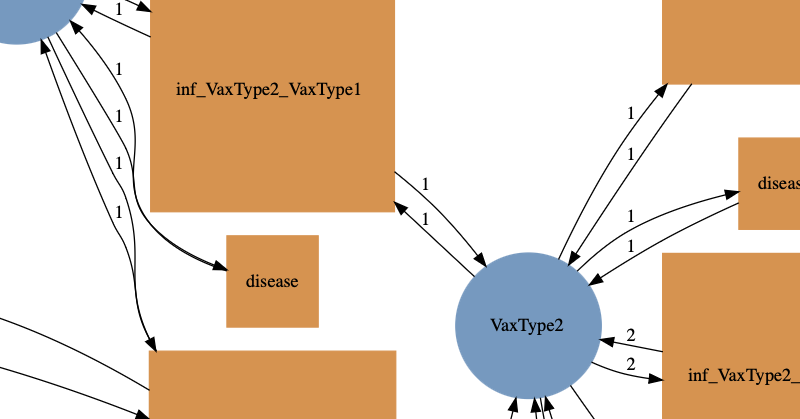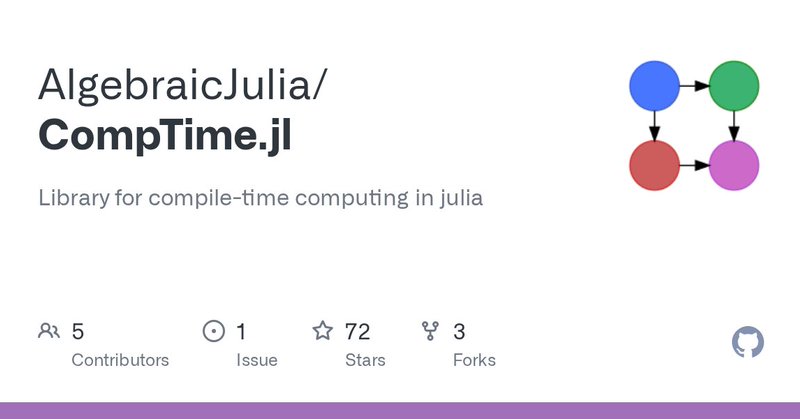
Owen Lynch
@u_map_prop
Followers
603
Following
2K
Media
104
Statuses
1K
This is no longer an active account: see https://t.co/g9E26Tj999 or @[email protected] for any updates.
Joined December 2017
I've decided to leave twitter by changing my password and then deliberately forgetting it, so that my old tweets remain up but I will no longer have access to my account. You can find me on or
mathstodon.xyz
261 Posts, 75 Following, 145 Followers · Grad student at Oxford, Research Software Engineer at the Topos Institute. Currently working on the programming language side of systems theory.
0
0
11
Today I learned about the HTML <q> element, which is used for inline quotations and has the neat property that when you nest, it can change from double quotes to single quotes!
developer.mozilla.org
The HTML element indicates that the enclosed text is a short inline quotation. Most modern browsers implement this by surrounding the text in quotation marks. This element is intended for short...
0
0
3
I wrote about the philosophy that underlies Topos Institute modeling software: Also, it's a job ad; see the end for details!.
topos.institute
Although we at the Topos Institute spend much of our days applying category theory, underlying our activities is a philosophy around the activity of science and engineering that is not explicitly...
0
10
32
And you can play around with the new Cont-based bonsai interface! Some really cool design here:
github.com
A library for building dynamic webapps, using Js_of_ocaml - janestreet/bonsai_web
One thing folk may have missed: you can now install our bleeding-edge compiler and libraries from opam, and then play with some of our new language features, and write code like this:
1
0
4
To conclude, I'd like to point to my library which simulates zig's comptime features in Julia using macros and Julia's @generated functions. Note that this really relies on Julia's type system to work. This would be much harder to do in scheme.
github.com
Library for compile-time computing in julia. Contribute to AlgebraicJulia/CompTime.jl development by creating an account on GitHub.
1
0
8






